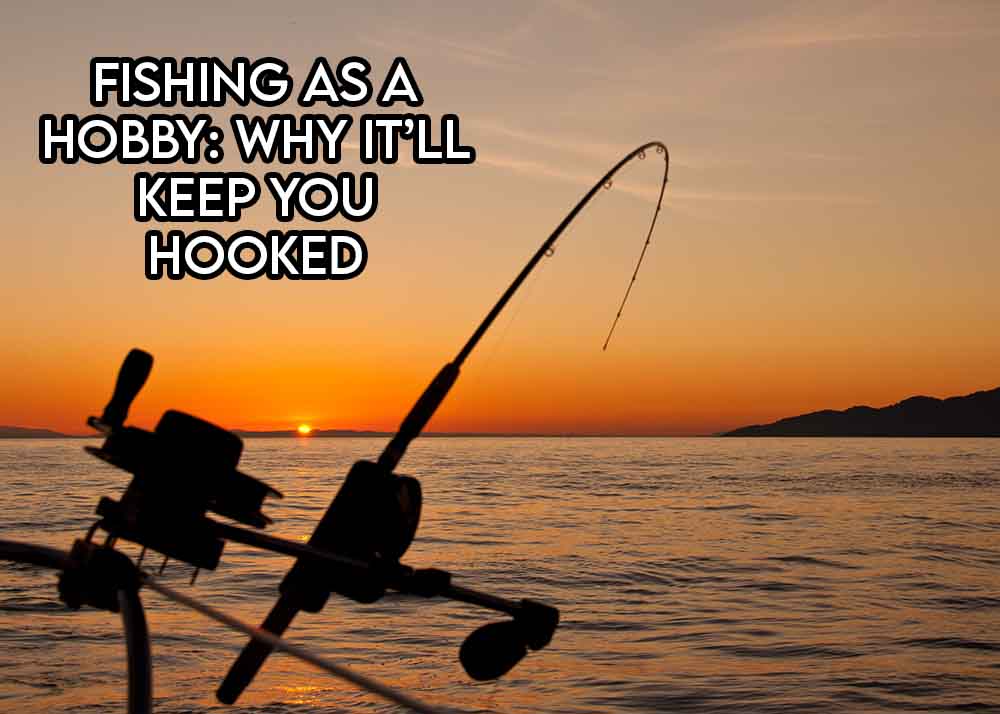An Overview of Fishing as a Hobby
Fishing is a popular hobby that people of all ages enjoy. It is a relaxing and enjoyable way to spend time outdoors, and it can also be a great way to connect with nature and enjoy the beauty of the natural world.
Fishing requires patience, skill, and a knowledge of the habits of different fish species. In order to be successful, you will need to have the right equipment, such as a fishing rod, reel, line, hooks, and bait. You will also need to know how to choose the right bait and lures for the type of fish you are trying to catch.
One of the great things about fishing is that it can be done in a variety of different locations. You can go fishing in a lake, river, stream, or even in the ocean. Each type of water body has its own unique challenges and opportunities, so it is important to do your research and choose the right location for the type of fish you are trying to catch.
Another great thing about fishing is that it can be done alone or with friends and family. It can be a great way to spend quality time with loved ones, and it can also be a great social activity. Many people enjoy joining fishing clubs or groups, where they can share tips and advice with other anglers.
Fishing can also be a great source of exercise. It requires the use of muscles in the arms, shoulders, and back, which can help to improve strength and flexibility. It can also be a great way to get some fresh air and sunshine, which can have many health benefits.
In addition to the physical and mental benefits of fishing, it can also provide a source of food. Many people enjoy catching and cooking their own fish, and there is nothing quite like the satisfaction of enjoying a meal that you have caught yourself.
Overall, fishing is a great hobby that has many benefits. It can be a relaxing and enjoyable way to spend time outdoors, and it can also provide physical, mental, and social benefits. Whether you are an experienced angler or just starting out, fishing is a hobby that is well worth trying.
Is fishing an expensive hobby?
Fishing can be an expensive hobby, especially if you buy a lot of specialized equipment, such as fishing rods, reels, and lures. However, it can also be a relatively inexpensive hobby if you are willing to fish with simple gear and catch your own bait. The cost of a fishing license and access to good fishing spots can also vary depending on where you live. In general, though, it is possible to enjoy fishing without breaking the bank.
What equipment will you need to get started with fishing?
Fishing can be a relaxing and enjoyable hobby, but in order to have a successful and enjoyable fishing experience, it’s important to have the right equipment.
First and foremost, you’ll need a fishing rod and reel. There are many different types of fishing rods and reels available, and the type you choose will depend on the type of fish you’re trying to catch and the body of water you’re fishing in. For example, if you’re fishing for larger fish in a river or lake, you may want a longer, heavier rod with a strong reel that can handle the weight of the fish. If you’re fishing for smaller fish in a pond or stream, a shorter, lighter rod and reel may be sufficient.
In addition to a rod and reel, you’ll also need a fishing line. Fishing line comes in a variety of strengths and types, and the type you choose will depend on the type of fish you’re trying to catch and the conditions you’ll be fishing in. For example, if you’re fishing in clear water, you may want to use a clear fishing line so as not to spook the fish. If you’re fishing in heavier covers, you may want a braided fishing line that is more abrasion-resistant.
Other essential fishing equipment includes hooks, lures, and bait. Hooks come in a variety of sizes and styles, and the type you choose will depend on the type of fish you’re trying to catch and the bait you’re using. Lures are artificial baits that are used to attract fish and can be especially effective in certain situations. Finally, bait is any substance used to attract and catch fish, and can be live bait, such as worms or minnows, or artificial bait, such as dough balls or plastic lures.
In addition to the basic fishing equipment, there are also several other items that can make your fishing experience more enjoyable and successful. These include a fishing vest or backpack to hold your gear, a landing net to help you safely and quickly bring your catch ashore, a fish finder to help you locate schools of fish, and a cooler to keep your catch fresh.
Overall, the specific fishing equipment you need will depend on the type of fishing you’re doing and the type of fish you’re trying to catch. By choosing the right equipment, you can ensure that your fishing experience is enjoyable and successful.





